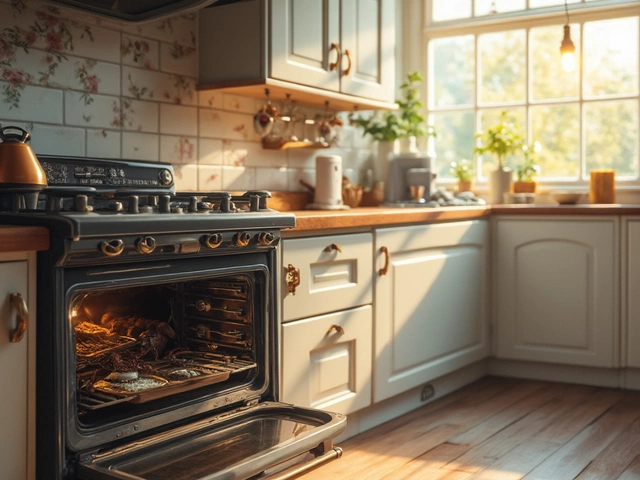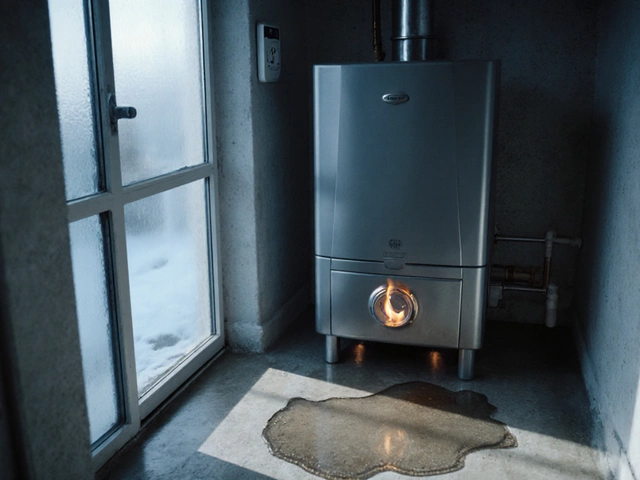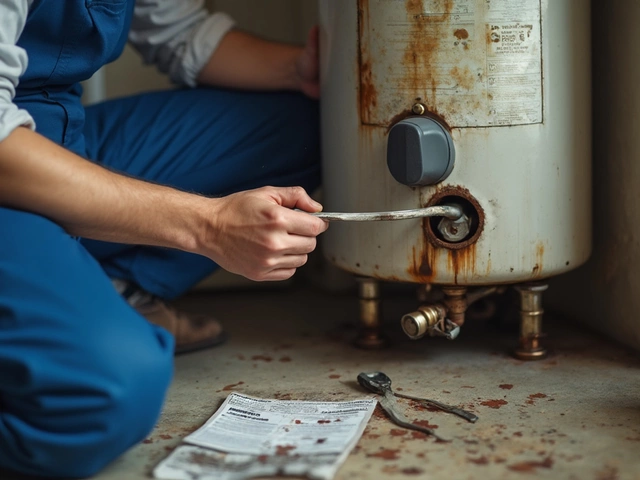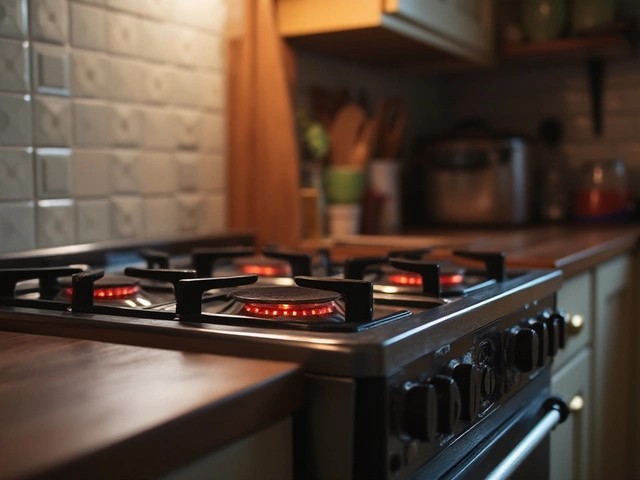Why Did My Electric Oven Suddenly Stop Working?
February 6 2025Broken Cooker? Quick Tips to Diagnose and Fix
First thing – don’t panic. A cooker can quit for many simple reasons, and a few checks can save you a callout fee. Before you grab a wrench, make sure the gas supply is turned off if you smell anything odd. Safety comes first.
Common Reasons a Cooker Stops Working
Most broken cookers are caused by three things: no power, a faulty ignition, or a blocked burner. If it’s an electric hob, the circuit breaker may have tripped. Flip the switch back on and see if the lights come back. For gas cookers, the glow bar might be dirty or the spark electrode could be misaligned. A quick visual check for grime can often solve the problem.
Another frequent culprit is a clogged burner hole. Over time, food splatter hardens and blocks the flow of gas, leaving the flame weak or non‑existent. Removing the burner and soaking it in warm, soapy water usually clears the blockage.
DIY Checks Before You Call a Professional
Start with the basics: make sure the cooker is plugged in and the switch is on. If it’s a gas model, listen for a clicking sound when you turn the knob – that’s the ignition trying to spark. No click? The spark electrode may need cleaning or repositioning. Use a soft brush to clear any debris, then try again.
Next, test the gas supply. Turn the gas valve off, wait a minute, then turn it back on. If you still smell gas, shut the valve and call a certified gas engineer immediately – a leak is a serious hazard.
If the cooker lights but the flame is uneven, the burner may be warped or the flame sensor dirty. Unscrew the burner cap, wipe the sensor with a dry cloth, and reseat the cap. A level flame should appear steady and blue.
When the oven won’t heat, the thermostat or heating element could be at fault. Most ovens have a simple reset button on the control panel – give it a press and see if the temperature climbs. If not, you’ll likely need a professional to replace the element.
Even if you manage to get the cooker running again, schedule a yearly service with a qualified gas engineer. Regular checks keep the gas lines clean, the ignition system sharp, and the safety devices functional.
Bottom line: a broken cooker isn’t always a nightmare. A few quick inspections can often pinpoint the issue. Turn off the gas, check power, clean burners, and reset any safety switches. If nothing works, or you smell gas, call a certified professional right away. Getting your cooker back on track safely is worth a little extra effort now and can prevent costly repairs later.
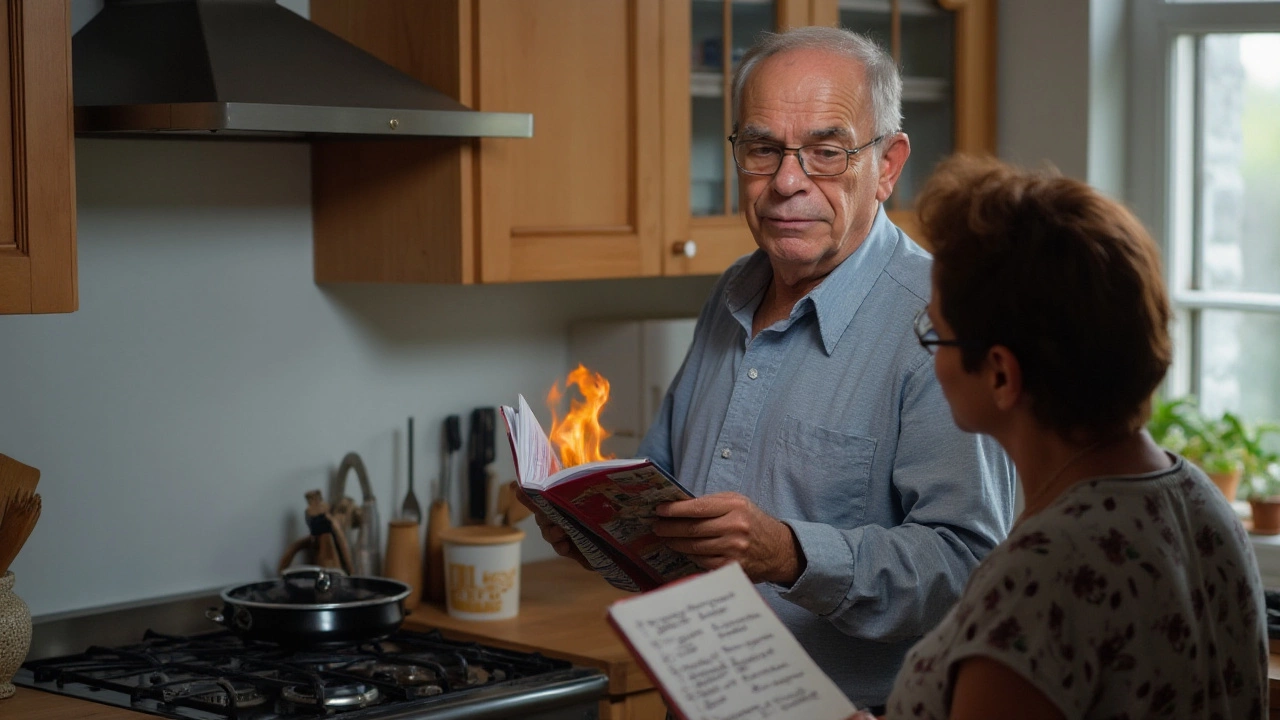 22 Nov
22 Nov
Identifying Signs of a Faulty Cooker for Effective Repair Solutions
Knowing when your cooker isn't working properly can save time and avoid unnecessary expenses. This article offers guidance on recognizing signs of a faulty cooker and provides practical tips to help you troubleshoot it. Learn what to look for, from inconsistent heating to strange noises, and discover some easy tests you can perform before calling in professionals. You’ll also find advice on when a handy DIY approach could work and when it’s time to call an expert.
Read More...
